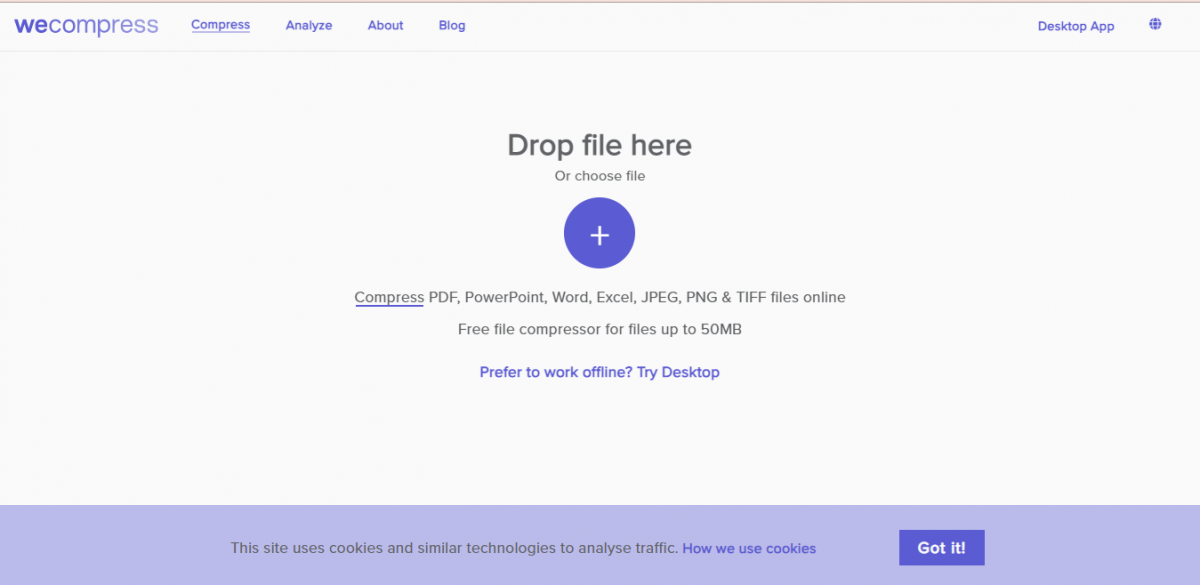

- #HOW TO COMPRESS PICTURE IN EXCEL HOW TO#
- #HOW TO COMPRESS PICTURE IN EXCEL CODE#
- #HOW TO COMPRESS PICTURE IN EXCEL DOWNLOAD#
xslb format, compresses the file into a smaller file. However, saving the spreadsheet as a binary workbook, which is an. The default format of Excel files is XML, which saves as a. One option may be to change the file type. There are a few different methods you can use to reduce the size of or compress an Excel file.
#HOW TO COMPRESS PICTURE IN EXCEL HOW TO#
Related: 5 Methods for Compressing a PowerPoint File (With Tips) How to compress an Excel file However, compressing the file may help reduce the overall file to combat these issues. Excel files are often large because they contain multiple worksheets with data, formulas and images, all of which increase the size of the file.
#HOW TO COMPRESS PICTURE IN EXCEL DOWNLOAD#
Compressed files often load faster and may be easier to download and open. It's important to compress an Excel file to ensure it's small enough to share easily. Read more: What Is Data Compression? (Definition, Significance and Methods) When is it important to compress an Excel file? In this article, we discuss why it's important to compress Excel files, outline how to compress an Excel file and offer tips for compressing Excel files. Learning how to compress your files in different programs may help you complete the process successfully. This may help prevent delivery issues or complications, such as experiencing long load times when opening the file or being unable to attach the file to an email. I could also specify a range on each worksheet that was similar to the appropriate range on the longest worksheet, and zoom that automatically, but that's not ideal either, because some of the row heights vary from sheet to sheet, and again I'll end up with different font sizes.Compressing data or files reduces the size of a computer file and forces the computers to reduce the length of strings of data and reorganize them in a recognizable way. I could just go through each worksheet and zoom it automatically, but that would mean that some of the sheets looked very large, others very small, and I'd like them to have a consistent appearance. What I want to do is go to the worksheet that has the largest number of rows (it's always the same worksheet, so I know which one it is), set the zoom factor for THAT worksheet (which I can do, and it always has the same number of rows), and then take THAT zoom factor, whatever it is - and it will vary depending on the user - and apply that to the other worksheets that have a similar layout. However, the file contains 8 sheets that are all identically laid out, except the number of rows is different.
#HOW TO COMPRESS PICTURE IN EXCEL CODE#
I have set up an auto-execute macro which automatically sets the zoom factor to best fit, for several of the worksheets, and this works fine.īy repeating this code for each worksheet, I can make each one be zoomed just right. I have set it up so that everything looks OK and is visible on MY screen, but I'm conscious that some users may have different screen sizes, different toolbars set up, and so on, which might make some parts not immediately visible to them. I have set up a workbook that is sent out to lots of different users. Some one please revert with the solution. 1st time when I am running the macro the first row in the visible filtered data is starting at Cell address A4 and next time when I will run the macro it may be A6ģ) The Code is also selecting the 1st row which is a header row. I need this to select the the data only till the last used row in the given range.Ģ) It is not possible to provide the address of the first row after we apply the filter since the first row address may change depending on the values in the table.Į.g.

Range("A:p").SpecialCells(xlCellTypeVisible).Selectġ) after applying the filter, while selecting the data it is selecting all the rows in given range till last row on the workbook.

I am using below code to Select the Visible rows in the target range: Actually I know how to select the data after applying the data filter but the issue is I am not able to exclude the header row and give the target range as used (non-blank) rows only!!

I am looking for the code to select the visible data after applying a data filter. I have bought a number of books in an attempt to figure this out, and I am still stumped I have included an attachment to help (a picture is worth a thousand words). I have the cell the formula is in, formatted with a "mm,ss" format. This is the formula I am trying to make work. My problem is when I am trying to use a logical "IF' statement to account for the 20 minute break or lunch and still calculate the end of each cycle time through the day I receive a number of error messages. If we start at 6:00 am, the first scheduled cycle completion time = TIME(6,0,0+71.25/1440) Production shuts down for lunch 30 minutes for lunch at 12:30. I am trying to figure out how to write a formula to figure out production cycle time.


 0 kommentar(er)
0 kommentar(er)
